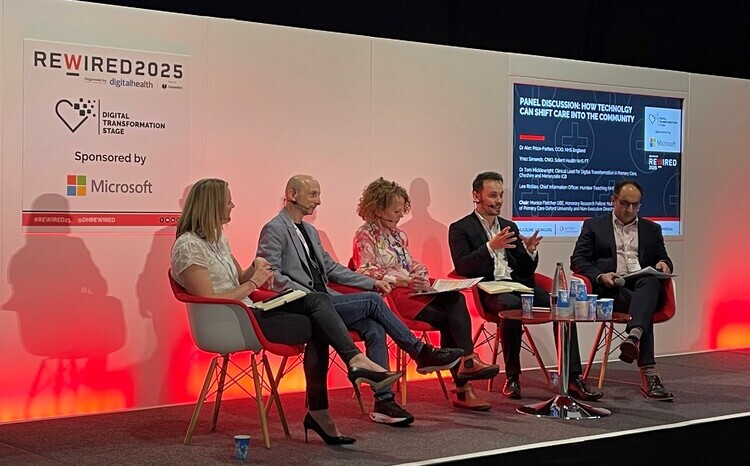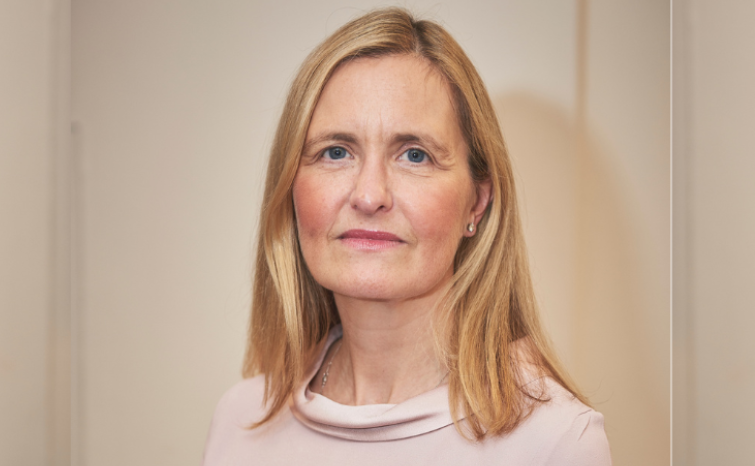GE up
- 16 September 2009
 |
|
Juergen Reyinger |
Juergen Reyinger, European head of General Electric Healthcare Information Systems, talks exclusively to Jon Hoeksma, editor of E-Health Europe.
He explains how the billions of Euros that GE is investing in new diagnostic imaging, medical devices, and information technologies will lead to joined-up, highly accessible, lower cost and responsive personalised health services.
GE Healthcare Information Systems is already one of Europe’s biggest suppliers of diagnostic imaging, PACS and departmental systems. But during 2009, the firm has made a series of announcements about its ambitious plans to invest in and grow its e-health business.
In May, GE announced that it will invest €4.5 billion over the next six years in innovative healthcare technology. Its ‘Healthyimagination’ programme will aim to reduce healthcare costs and improve access and quality.
Under the programme, the company will invest in 100 research and development projects in medical technology. These will include portable ultrasound machines and low-cost X-ray equipment, together with electronic health records and other health IT developments. Some ‘50 low-cost products’ will be tailored to the needs of organisations with limited access to healthcare IT.
GE has also announced major initiatives with Intel in the field of telecare and personal health monitoring systems. And in September, it revealed plans to develop a new wireless medical monitoring system.
Reyinger acknowledges the breadth and scope of the ambition. “We are promoting ourselves as a complete solution provider, offering integrated solutions that connect hospitals with physicians and patients,” he says. “It’s a major R&D programme.”
On the information technology side, the aim is to make information available when and where clinicians need it: “It’s about getting information to where it’s needed and enabling expert consultations.”
Opportunities in chronic disease management
Reyinger says that one extremely exciting area for new services is chronic disease management, which begins to take e-health services and provide patients “with online access to doctors” through tools like patient portals, which can show patients a view of their own data.
“Chronic Disease Management is where we believe the opportunity exists to use e-health to improve patient care and deliver really big savings.”
He also points to the potential of ‘physician portals’ that provide family practitioners with access to hospital data and enable medical image exchange. GE has already completed projects around portal models in South Denmark, Spain and East Anatolia, Turkey.
“These are examples of enabling the sharing of information and medical images on a regional basis and savings a lot of money.”
Reyinger stresses that such regional e-health projects, while bespoke, are increasingly modular. By using the same core modules – such as interoperability, master patient index, data centre, x-ray sharing and patient imaging and e-prescriptions – there is the potential to reduce cost.
Reyinger says that GE is also able to offer many of these core modules off the shelf, with proven reference customers already using them.
Enterprise EPR a difficult market
Another big announcement from GE was July’s news of a link-up with German e-health interoperability specialist ICW. Reyinger said the ICW partnership is at an early stage, “but progressing well.”
“We’ve trained our people on the technology for the past six months and are bidding together on a couple of regional deals, and think there are a lot of opportunities in the US we will be bidding on together,” he says.
A key strength of GE Healthcare Information Systems is that it has a deep pedigree and track record in medical hardware and medical imaging, as well as in-depth strength in clinical information systems.
One of the few obvious gaps in GE’s European e-health portfolio is the lack of an enterprise hospital electronic patient record (EPR) system.
On the European front, Reyinger says: “We have always said we are watching this market and looking for opportunities, country by country."
Weathering the downturn
Asked how GE Healthcare Information Systems has been weathering Europe’s economic downturn, Reyinger says: “There’s been a slow down in the first half of the year, but we have a good outlook for the second half of the year. So we’re still slightly growing.”
He adds that he believes that the ‘traditional’ health IT market will stand on its merits and not be held back by tighter public sector spending. “The return on investment of health IT is so obvious, and productivity benefits so great, that I don’t think it will be slowed.”
As regards more traditional health IT markets, Reyinger says that particular opportunities exist in the Nordic countries “where we are seeing a lot of activity on second and third generation PACS systems.” He also points to Eastern Europe as a continued area of activity.
Despite the upbeat view, Reyinger feels that the EU and European national governments could still do a lot more to accelerate the development of the emerging e-health market. He particularly wants to see investment in national and pan-national infrastructure and projects that stimulate the adoption of telehealth.
He argues enough evidence exists for authorities to make the necessary investments: “Europe is doing a lot of pilots, but I think the time is over for pilots. There is enough good evidence of the health benefits e-health and telehealth can deliver.”
Some countries are showing strong progress, he says, including France and Italy. “I think France is really serious about rolling out regional e-health projects, and in Italy we’re also seeing movement.” By contrast, in Germany the debates on e-health “are ongoing.”




